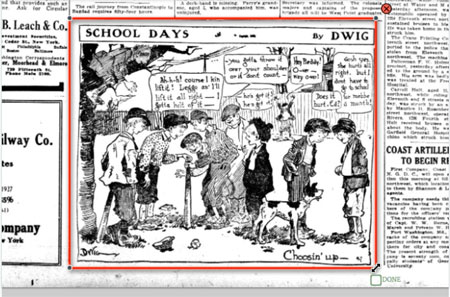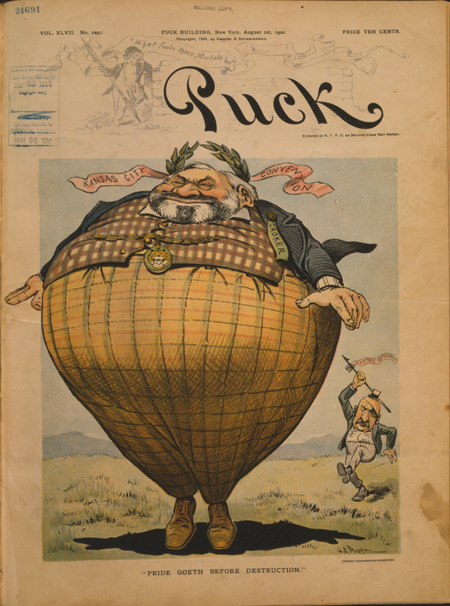Integrating Technology: Beyond Words
The Beyond Words project invites people of all ages to identify cartoons, illustrations, photographs, and maps from World War I historical newspaper coverage found in the Chronicling America historic newspaper collections. All data generated will be in the public domain and available to anyone. The three tasks include marking, transcribing, and verifying. Mark: Locate images not…



